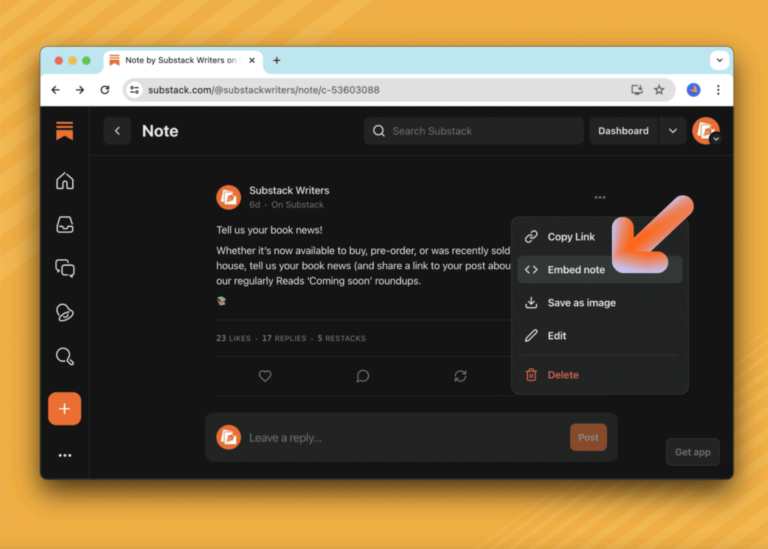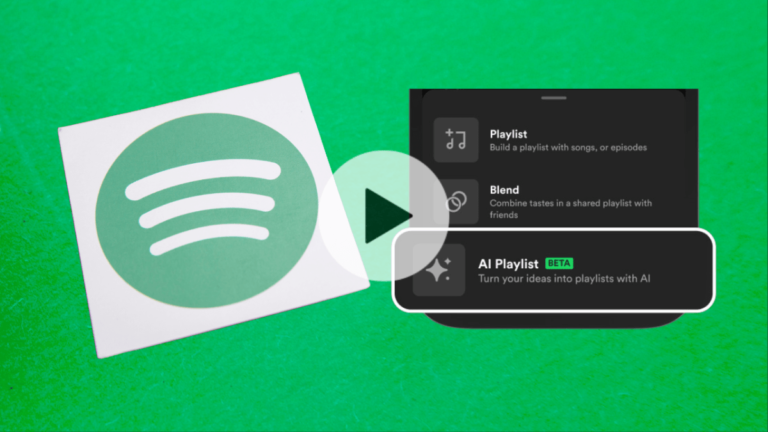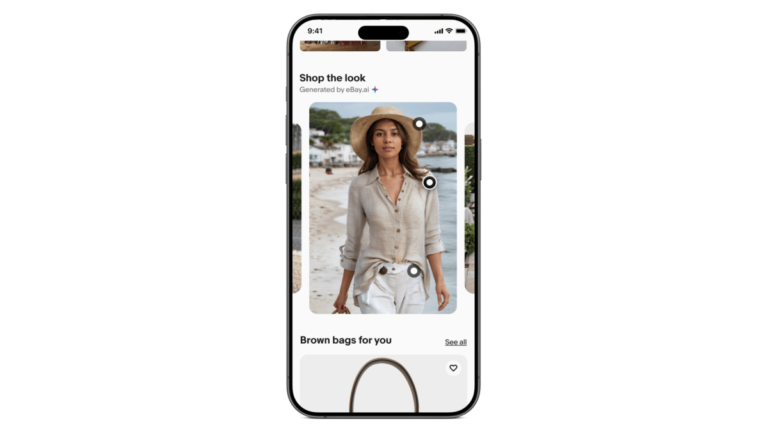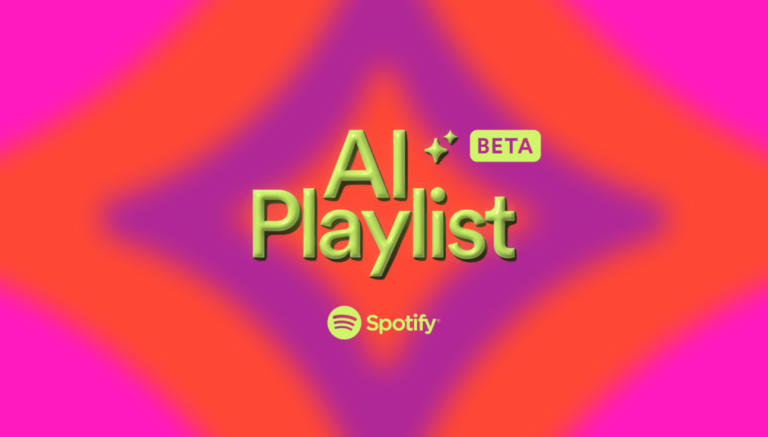
Substack is adding new capabilities to its Twitter-like Notes feature that bring it more in-line with the social network now known as X.
The company announced on Tuesday that users can now post videos directly to Notes in the Substack app and on the web.
Notes let users share posts, quotes, comments, images, links and ideas in a Tweet-like format, The short-form content is displayed in a dedicated Twitter-like feed.
Starting today, users can post videos directly to Notes by recording a video or selecting one from their phone’s camera roll or their desktop.
In its blog post, Substack explains that Notes is especially valuable for users who don’t have large pre-existing audiences.

Amazon is trying to keep live shopping relevant with the launch of an “Amazon Live” FAST (free ad-supported TV) channel on Prime Video and Freevee.
Previously only available as a feature on desktop, mobile, and Fire TV, the new live channel will give customers in the U.S. more ways to engage with interactive, shoppable content.
Viewers can browse and buy the items influencers show off by using the Amazon Shopping app on their mobile device.
Amazon Live launched in 2019 as a QVC-like shopping experience to help brands get their products discovered and for talent to interact with fans.
According to the company, more than 1 billion customers in the U.S. and India streamed Amazon Live’s shoppable videos in 2023 alone.

Last year, Elon Musk-owned social network X rolled out a feature for paid users to hide their checkmarks from others.
Just like a lot of decisions taken by X, there is no definite timeline as to when the hide your checkmark feature will go away.
I liked being a X Premium subscriber, but I didn't like the dumb checkmark.
pic.twitter.com/9vfarfOySV — Haje (@Haje) April 11, 2024BREAKING: #X seems to be removing the ability to hide the verification checkmark!
The company also started offering its Premium subscription to these users and Premium+ subscription to users with more than 5,000 verified followers.

Live Folders comes as the company also builds out more AI-powered features to create more dynamic and automated user experiences.
The company is launching Live Folders initially with GitHub pull request support.
When a user creates a GitHub pull request, Arc automatically creates a Live Folder in the sidebar.
When it asked users about support for types of systems for the Live Folders feature, GitHub was the top requested service.
It added that the tech behind Live Folders is flexible, so it could also adopt things like updates from RSS feeds.

If this had been announced exactly a week prior, it would have been easy to mistake for some corporate April Foolery.
Dyson, however, assures us that augmented reality vacuuming is real and coming in June — slightly belated for spring cleaning, sadly.
When it launches over the summer, CleanTrace will be available for the Dyson Gen5detect system.
It’s not going to tip over anyone who’s on the fence about a $700 ultra-premium vacuum, but this is hardly the most ridiculous thing Dyson has shown the world.
“We realized that we could all learn a thing or two from the methodical cleaning approach of our robot vacuums,” Dyson VP of engineering Charlie Park notes.

Spotify is building on its AI DJ feature, adding a new AI-powered playlist feature.
Spotify’s AI work nests into its other efforts to differentiate its service from rivals like Apple Music and offerings from Amazon.
Starting in just a few countries, the new AI playlist feature will roll out to more markets over time.
Some Spotify users have complained that the rollout of new products can take longer than they want to reach their home market, it’s worth noting.
But for those of us who aren’t mega-ChatGPT users, AI can seem ever so slightly remote from our regular existence.

EBay on Tuesday launched a new generative AI-powered feature to appeal to fashion enthusiasts: a “shop the look” section within its iOS mobile app that will suggest a carousel of images and ideas, based on the customer’s shopping history.
The idea is to introduce how other fashion items may complement their current wardrobe.
“Shop the look” will appear to any eBay shopper who has viewed at least 10 fashion items over the past 180 days, the company notes.
Google last summer introduced a way for consumers to virtually try on clothes using a new AI shopping feature, for example.
“Shop the look” will initially be available on iOS in the U.S. and U.K., with support for Android coming later this year.

I was happy — excited, even — to check out Shure’s latest USB microphone.
Its predecessor, the MV7, has been my default podcasting mic since it was launched toward to end of 2022.
If you’ve asked me at some point over the past year and a half to recommend a USB mic, I likely suggested its predecessor.
As for sound, I’ve been quite pleased with the MV7+.
It’s pricey compared to other USB mics, but it’s hard to beat out of the box.

Family location services company Life360 has launched a new notification for its apps to automatically alert friends and family when you reach a destination after taking a flight.
Life360 said that the feature uses phone sensors to measure location, altitude and speed to determine if you are taking a flight.
Plus, its algorithms can detect takeoff and landing times, and alert family members when you connect to the network post-landing.
The company said the landing notification feature is a useful alternative to online flight trackers or waiting for the traveler to send updates to their circle.
The company’s CEO Chris Hulls told TechCrunch that the company wants to focus on safety and protection updates for users’ inner circle.

Spotify already found success with its popular AI DJ feature, and now the streaming music service is bringing AI to playlist creation.
The company on Monday introduced AI playlists into beta, a new option that allows users to generate a playlist based on written prompts.
In terms of the technology, Spotify says it’s using large language models (LLMs) to understand the user’s intent.
A pop-up menu appears showing the AI Playlist as a new option alongside the existing “Playlist” and “Blend” options.
Ahead of AI playlists, Spotify launched a similar feature, Niche Mixes, that allowed users to create personalized playlists using prompts, but the product did not leverage AI technology and was more limited in terms of its language understanding.













